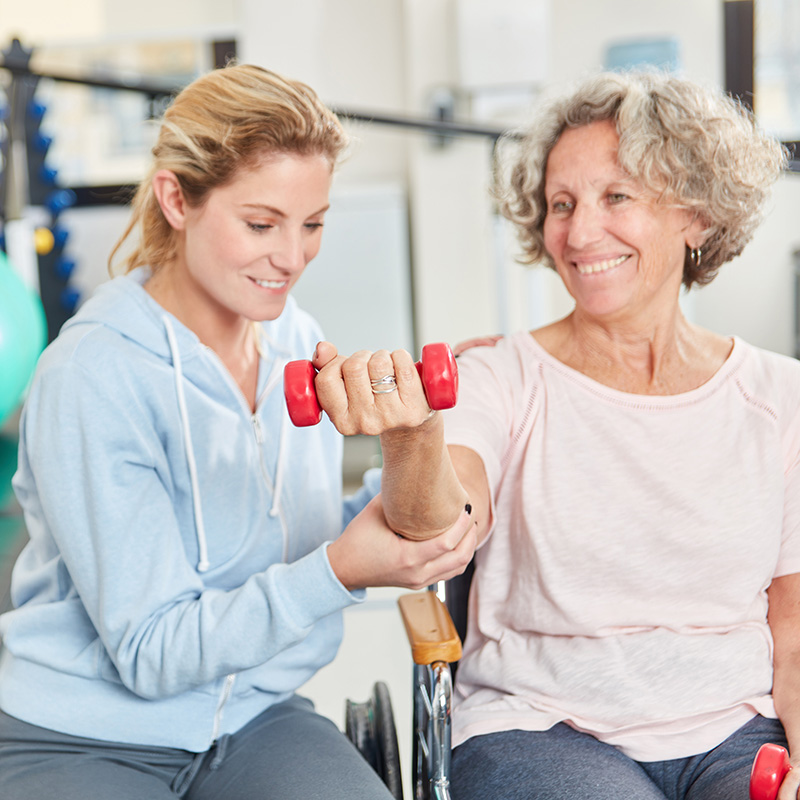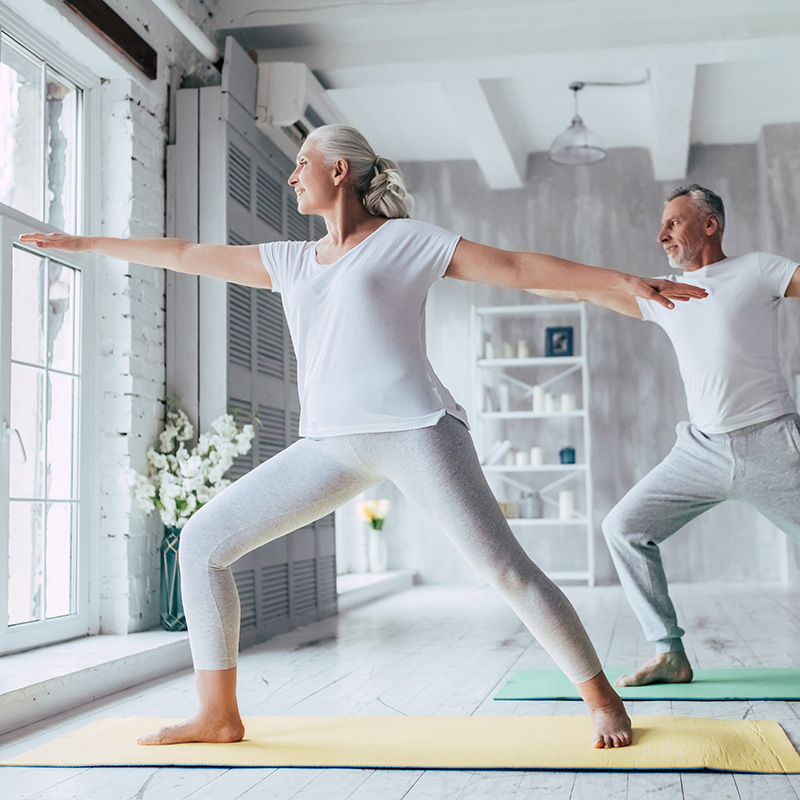- +353 1 797 9545
- Cian House, 1 Cian Park, Drumcondra, Dublin 9, D09 K7F8

Osteoporosis is the medical term given when bones lose strength. One of the ways this happens is that the bone becomes less dense and more fragile, making you more likely to break a bone than someone who does not have osteoporosis.
It is important for you to be informed about how you can promote bone density and maintain your bone health. This is where a Chartered Physiotherapist can help. Being proactive and informed regarding your bone health can significantly reduce the risk of you breaking a bone.
The good news is that not everyone with osteoporosis goes on to break a bone, and it is not inevitable. We, as Chartered Physiotherapists are here to help you live well with osteoporosis.
Physiotherapy has an important role in the management of osteoporosis through appropriate exercise prescription and advice.
It is not a “one size fits all.”
Your current level of activity, your severity of osteoporosis, whether you’ve had a fracture and any recent injuries or falls will all be taken into consideration to give you an optimum exercise programme, that is evidence based i.e backed up by the current scientific research.
Exercise has been proven to be effective in helping promote bone growth, improving muscle strength and reducing likelihood of fracture. Exercise should form part of a broad approach that includes other positive lifestyle changes, combined with pharmacological treatment where appropriate.
This involves taking load through the skeleton and moving at the same time e.g. walking, climbing the stairs, tennis, jogging, dancing.
Bone is living tissue that changes over our lifetime in response to the forces placed on it. When you exercise, your bones adapt by building more bone, which promotes bone strength. How much and which type of “weight bearing activity with impact” you should do will depend on various factors such as your current level of activity and your specific history with osteoporosis.
Combining weight bearing impact exercise with resistance exercises creates the greatest improvement in bone mineral density (the strength of your bones.)

Contracting a muscle against an external load is known as resistance exercise. This type of exercise helps your muscles become stronger over time, but also promotes bone density by placing stress (a healthy type of stress) on bones. It is particularly effective, in improving your bone mineral density when combined with weight bearing exercises with impact (above.)
Improving muscle strength with resistance exercise is also an important part of injury prevention for anyone with osteoporosis, particularly when combined with balance exercises.
Exercises that strengthen the “back extensor muscles” in your back, have been shown in research to reduce your chance of suffering a spinal fracture. These can be done in a variety of ways depending on your ability, and your physiotherapist can teach you the right type of exercises, at the right level for you.

Balance exercises are important for life! Even top athletes do them to prevent injury. Your physiotherapist will assess your current ability and work with you from there to help maintain and improve your balance.
Whether you were always active (or not at all), guided exercises from your Physiotherapist, picked specifically for you will play a crucial role in you managing your osteoporosis and living as well as possible. You may even become more active than you ever were!

The best treatment for Osteoporosis should include an exercise programme prescribed by a practitioner with expertise in Osteoporosis, pharmacological treatment (medicine) where appropriate and lifestyle changes. It is also important that a thorough medical assessment is carried out to establish the reason(s) for the bone loss, so that the right type of treatment can be started.
Yes. People often get these terms confused as they both start with “osteo”, but they are completely different problems. Osteoporosis is where the strength of the bones weakens, and people are at a greater likelihood of breaking a bone (fracture.) Osteoarthritis is a type of degenerative joint disease where you get a breakdown of the cartilage at joints and the underlying bone. With osteoarthritis, symptoms can include joint stiffness and pain, whereas lots of people don’t know that they have bone loss or osteoporosis until they sustain a fracture. This is why osteoporosis is often referred to as a silent disease as people don’t realise that they have it until they break a bone (fracture.) Treatment for osteoporosis is outlined above, whereas treatment for osteoarthritis will often include manual therapy to reduce pain and improve range of movement, a different type of exercise, and even joint replacement if the osteoarthritis is advanced.
Thankfully our understanding of osteoporosis and the best type of treatment for osteoporosis has really improved with the advancement of medical research. According to the Irish Hip Fracture Database, 1 in 20 of those admitted to hospital with a hip fracture in 2020 died before discharge from hospital, so it is really important to do everything possible to optimise your bone health and avoid a fracture in the first place. The best type of treatment is prevention. Don’t wait until you break (fracture) a bone before you seek treatment for your osteoporosis!
Osteoporosis is often referred to as a silent disease as many people do not realise that they have bone loss until they fracture a bone. Some indicators that you may have bone loss would be that you’re losing height or that the top of your spine is getting more rounded. If you’ve any of the following risk factors: deficient in Vit D (very common amongst the Irish population), have Rheumatoid Arthritis, don’t do weight bearing exercise or over exercise, are a smoker, drink more than 3 units of alcohol/day, are over or under weight, have had a low trauma fracture (broken a bone from a trip or a fall), are post-menopausal, are on certain medications, have problems with your thyroid, have gut absorption problems (e.g. coeliac), if one of your parents fractured their hip, are female, have a small frame etc. Although long this list is not exhaustive. If you are a woman over the age of 65, a man over the age of 70 or have two or more risk factors, you should have your bone density measured by being referred for a DEXA scan by your doctor. Don’t wait until you have pain from a broken bone to act.
A DEXA or DXA scan stands for Dual X-ray Absorptiometry. It’s a very similar process to having a regular X-ray and is totally painless. It is the test used to measure the density or strength of your bones.
You should discuss this with a doctor with expertise in treating Osteoporosis. Although exercise is a crucial part of promoting bone health and preventing fracture, for many people, exercise and modifying lifestyle is not enough and medication is an essential part of restoring bone health. Bone health is so important. Keep an open mind and listen to the experts.
If you have osteoporosis or osteopenia, please book an appointment with our osteoporosis experts Ciara Shields or David O’Regan. If you’ve had a DEXA scan, please bring a copy of your report on the day (if you can.)
We have developed a comprehensive assessment and exercise treatment plan/advice for those with osteoporosis/osteopenia. Ciara Shields was a guest speaker at the Irish Osteoporosis Conference in 2021 and 2024. We will carry out a detailed assessment and provide you with a tailored exercise program, designed specifically for you and backed up by the latest scientific research.
Please allow 45 minutes for this initial osteoporosis appointment. If you need a follow up appointment, allow 30 mins for this follow up visit. 1An initial assessment costs €150 and return appointments are €75
We also run Clinical Pilates classes for those with Osteoporosis/ Osteopenia and low bone density. Please email [email protected] to register your interest.

IONA Physiotherapy Move With Ease Ltd. Trading as: IONA Physiotherapy.
Company registration no: 633072,
Cian House, 1 Cian Park, Drumcondra, D9,
Ciara Shields (Company Director)
Privacy Statement | © 2025 IONA Physiotherapy, Powered by Digital Media Center